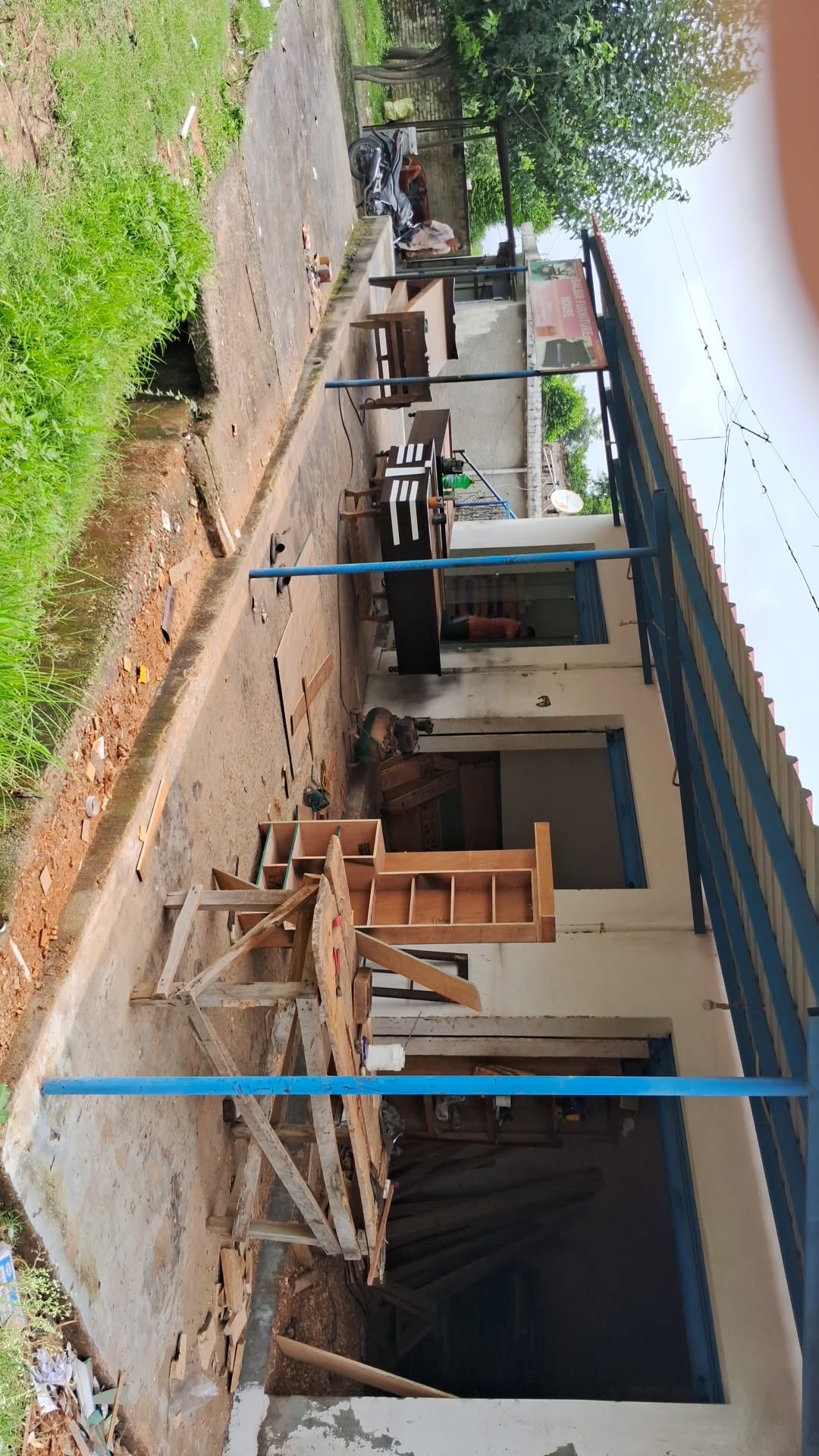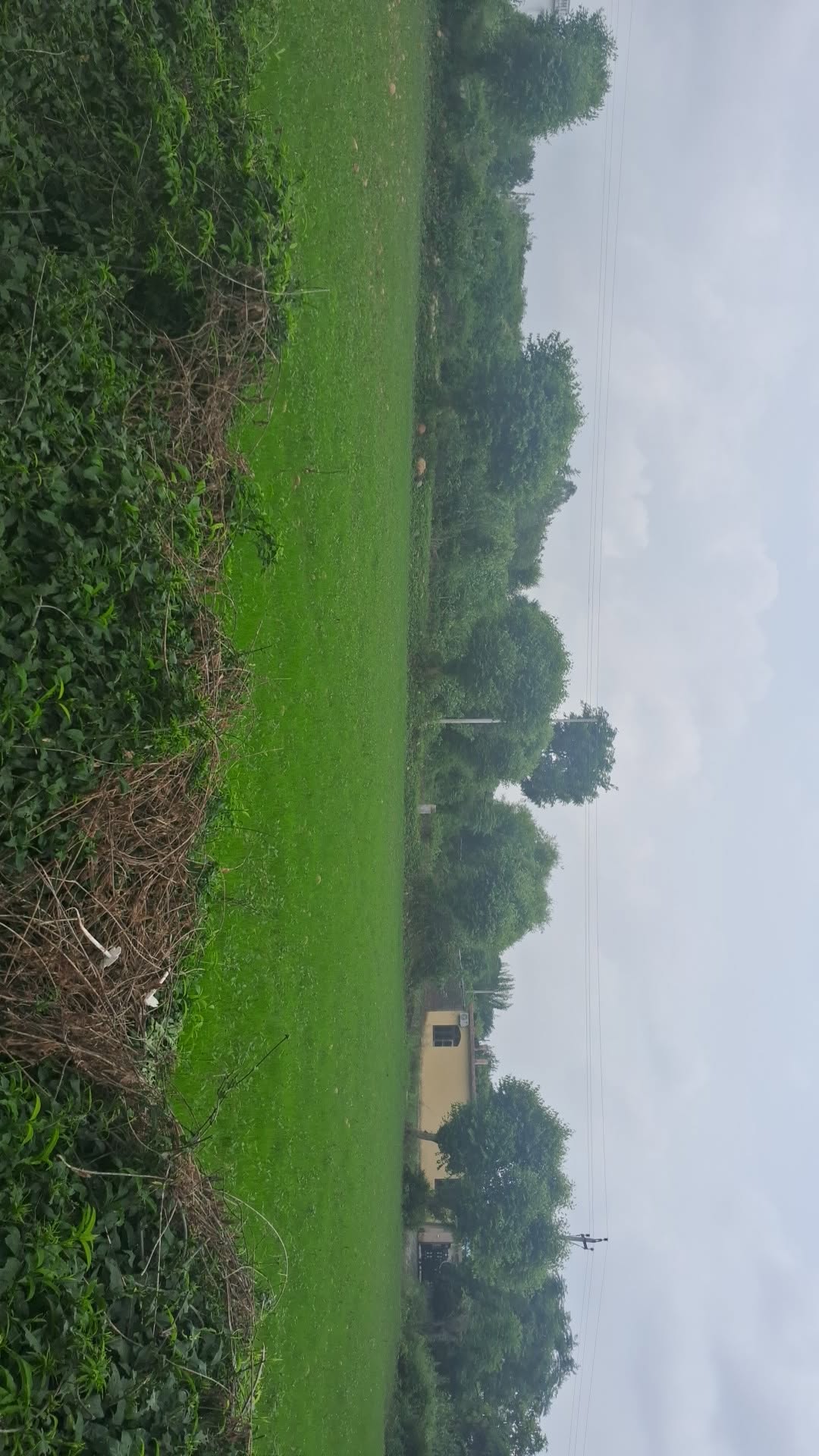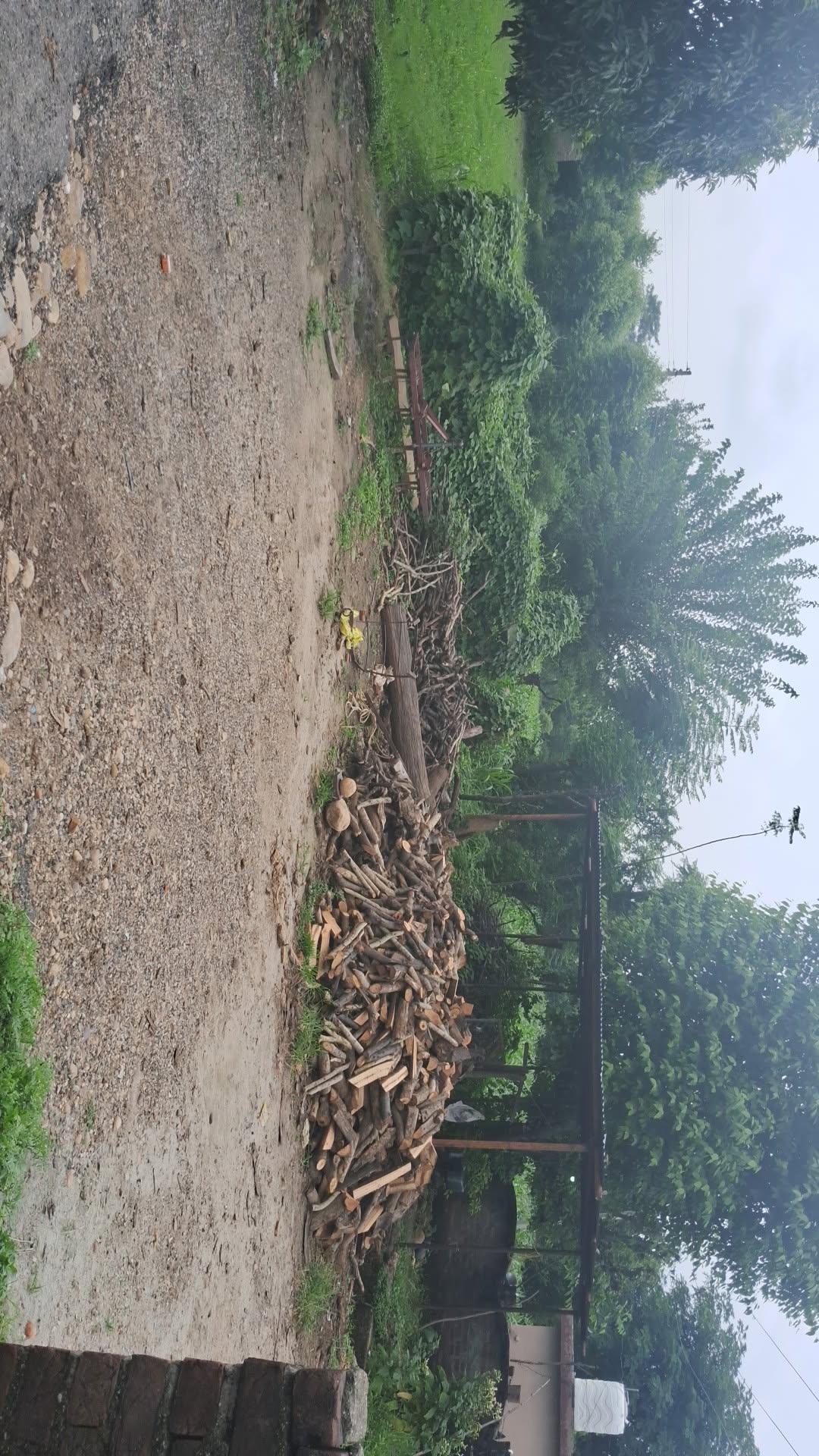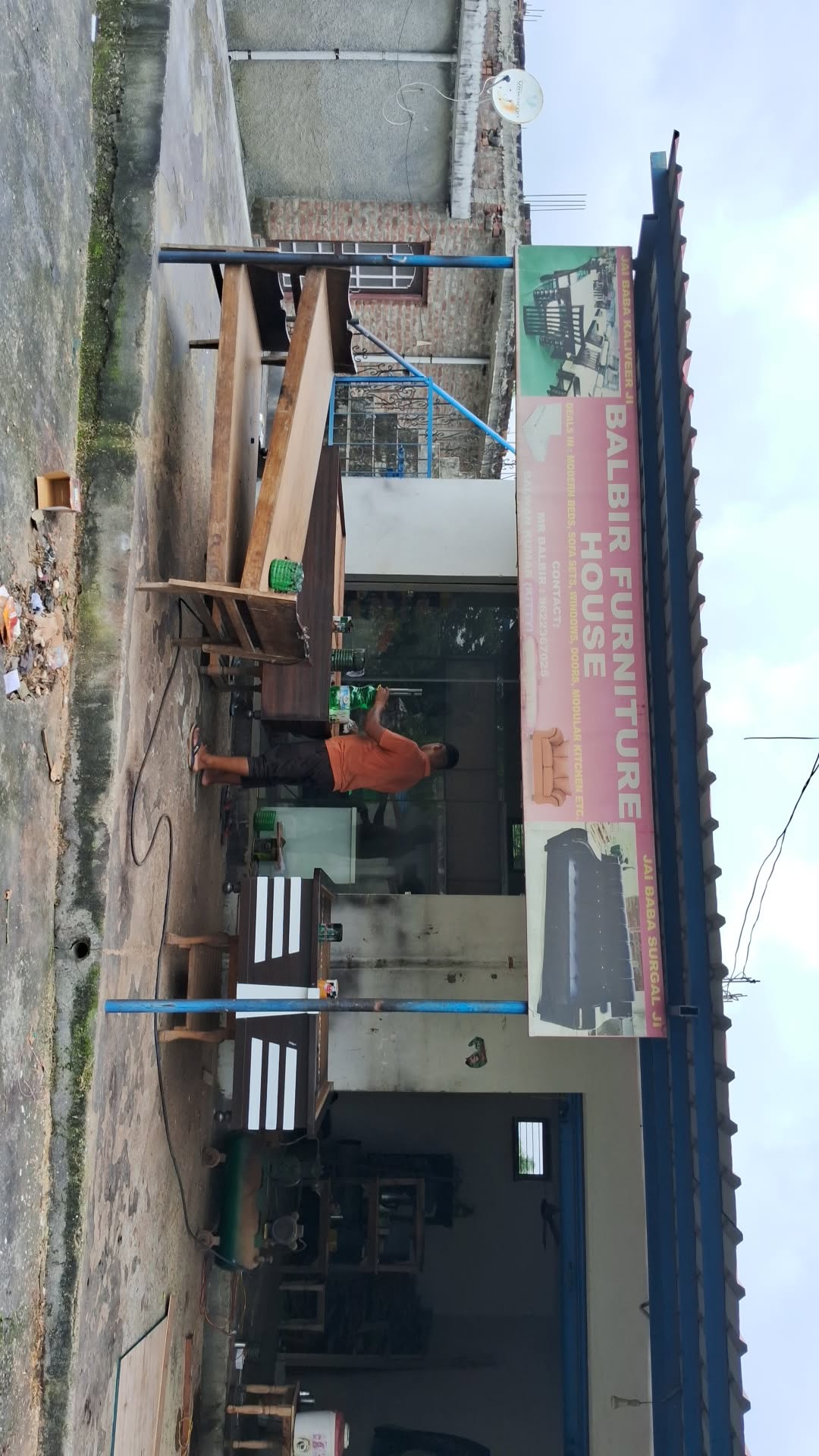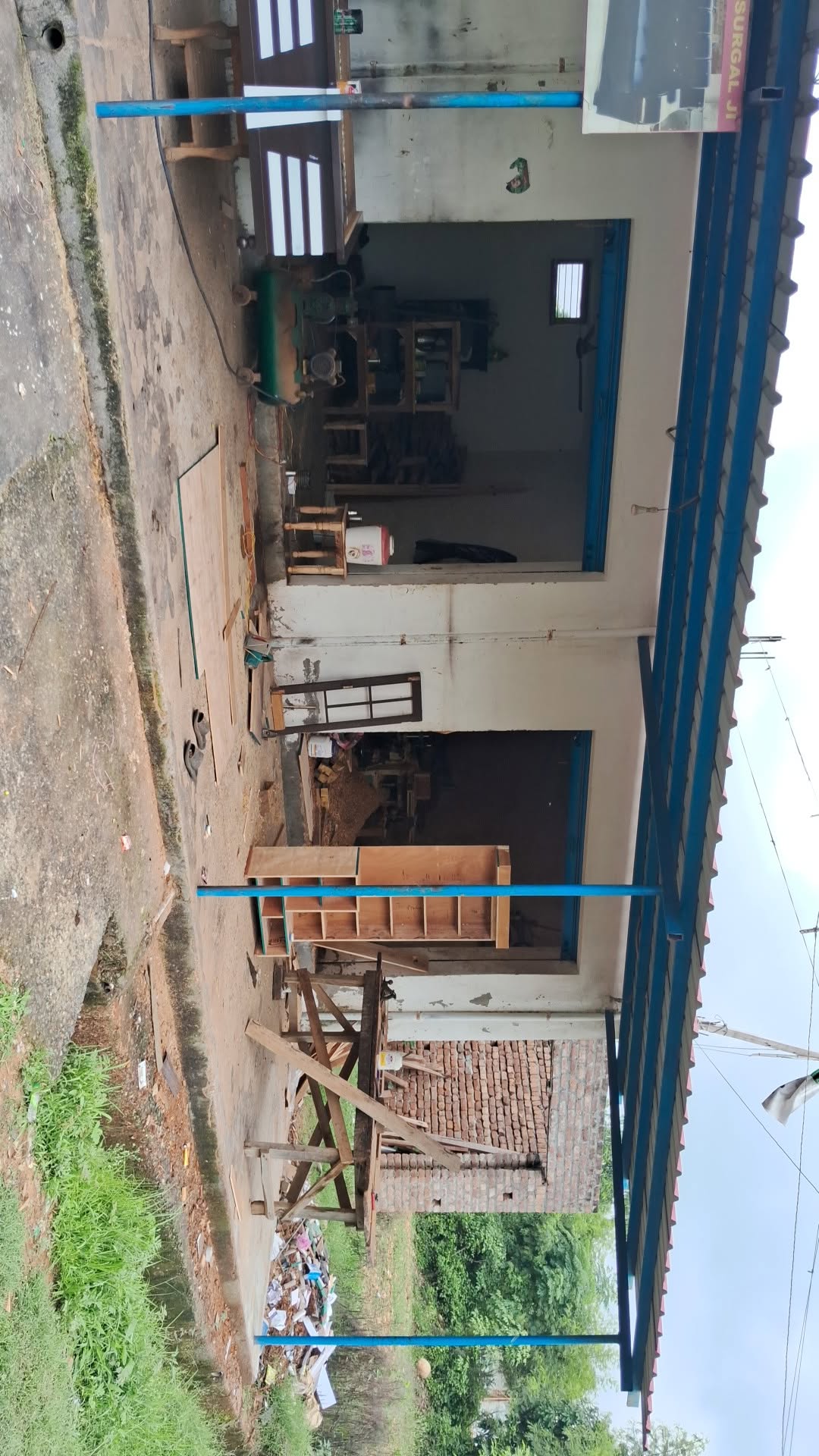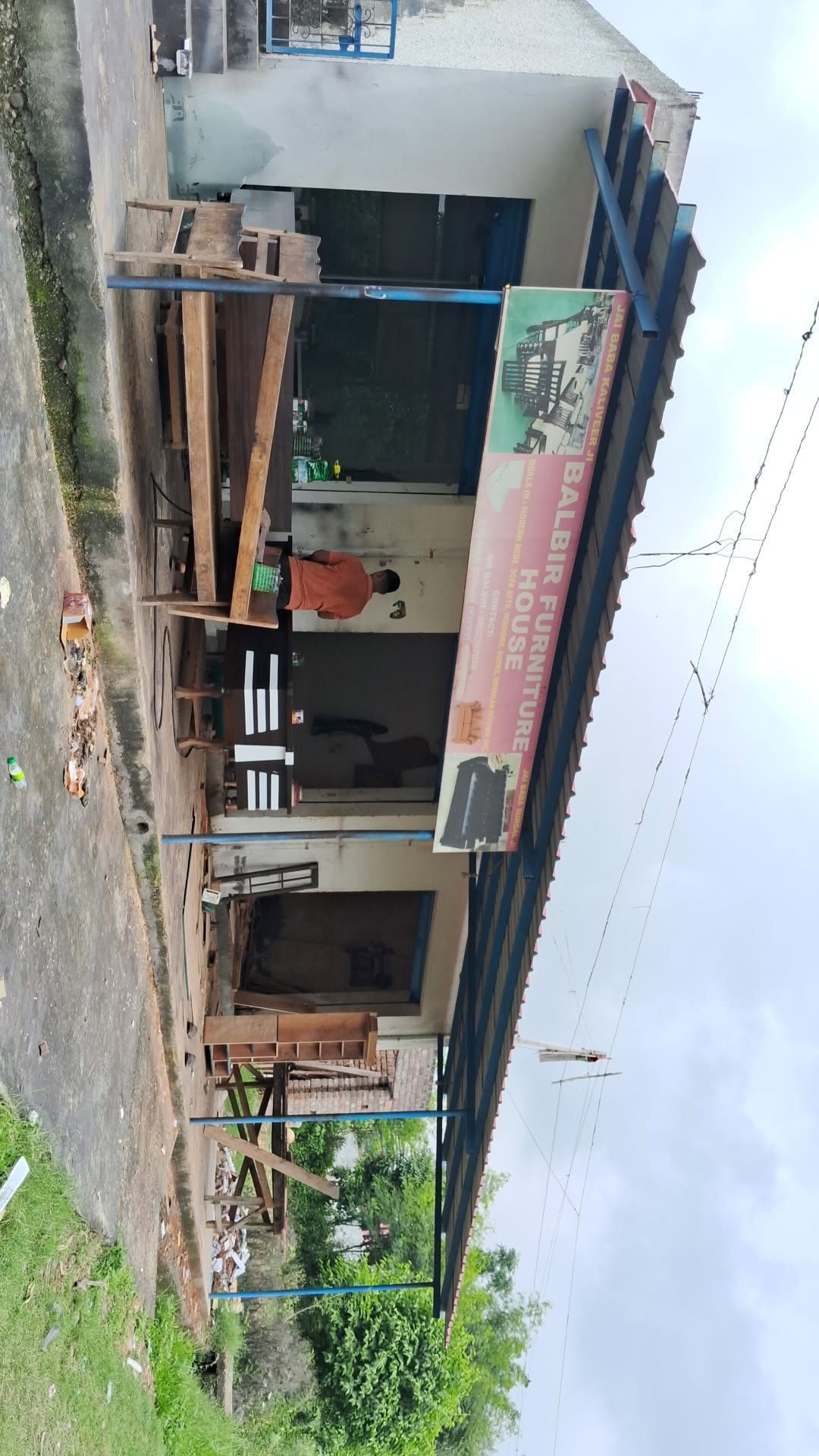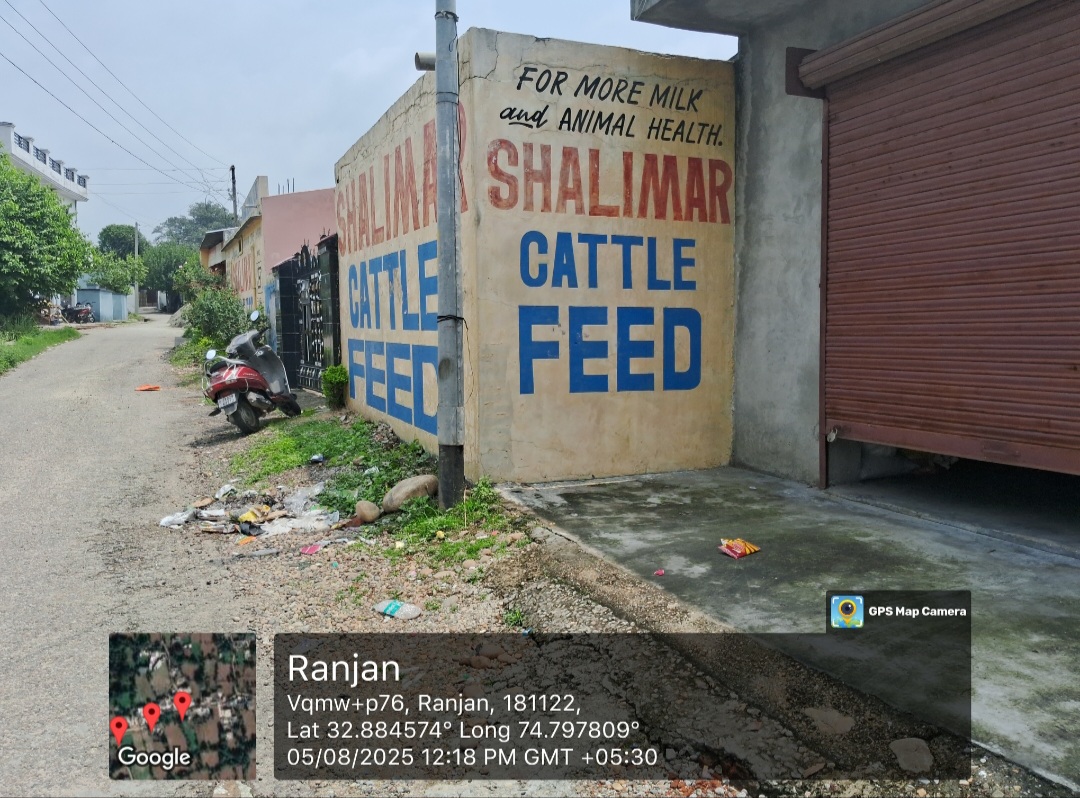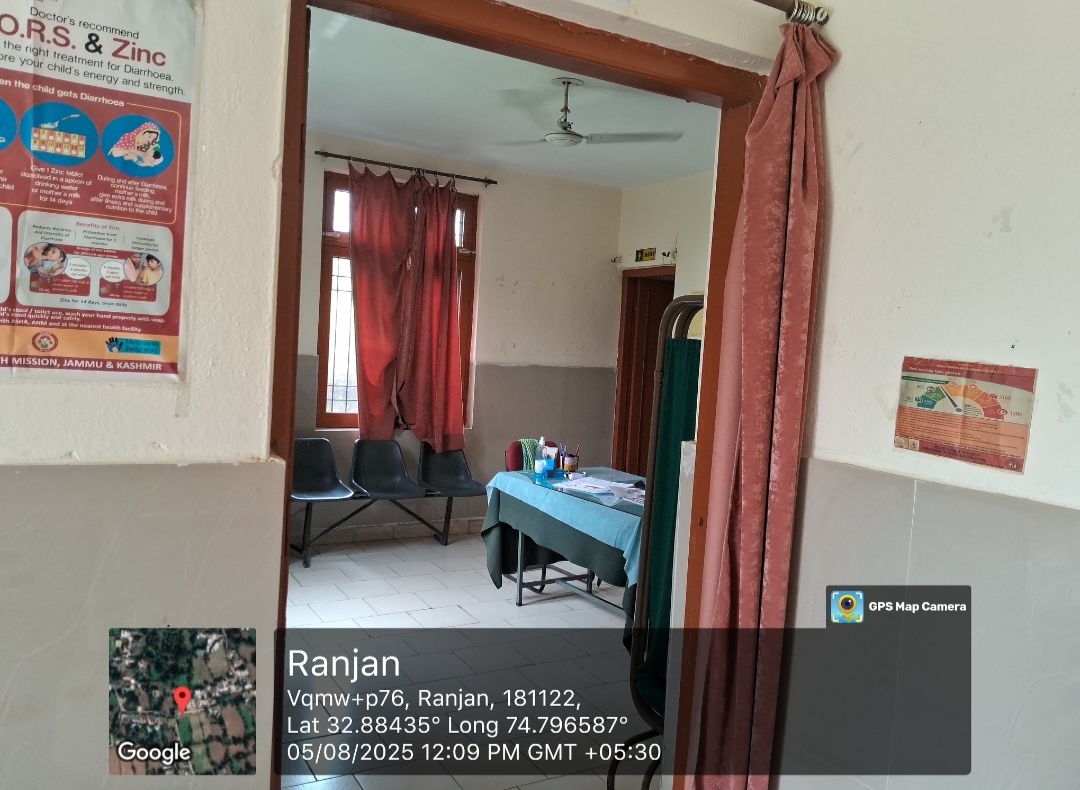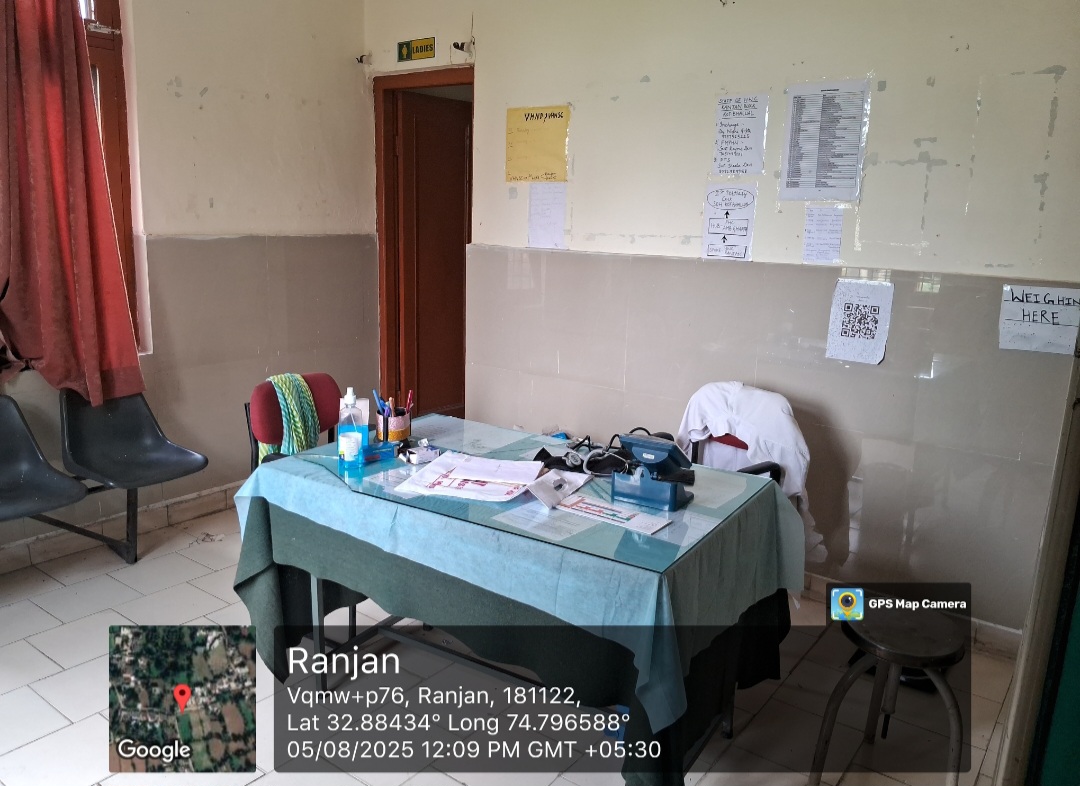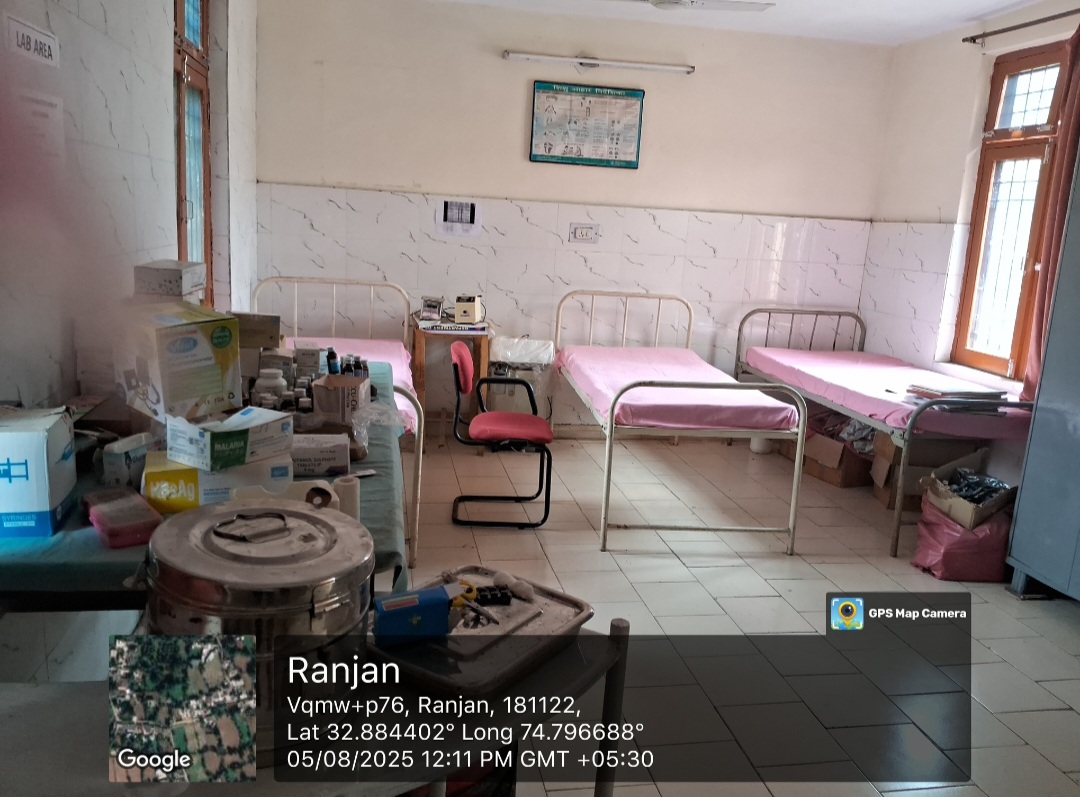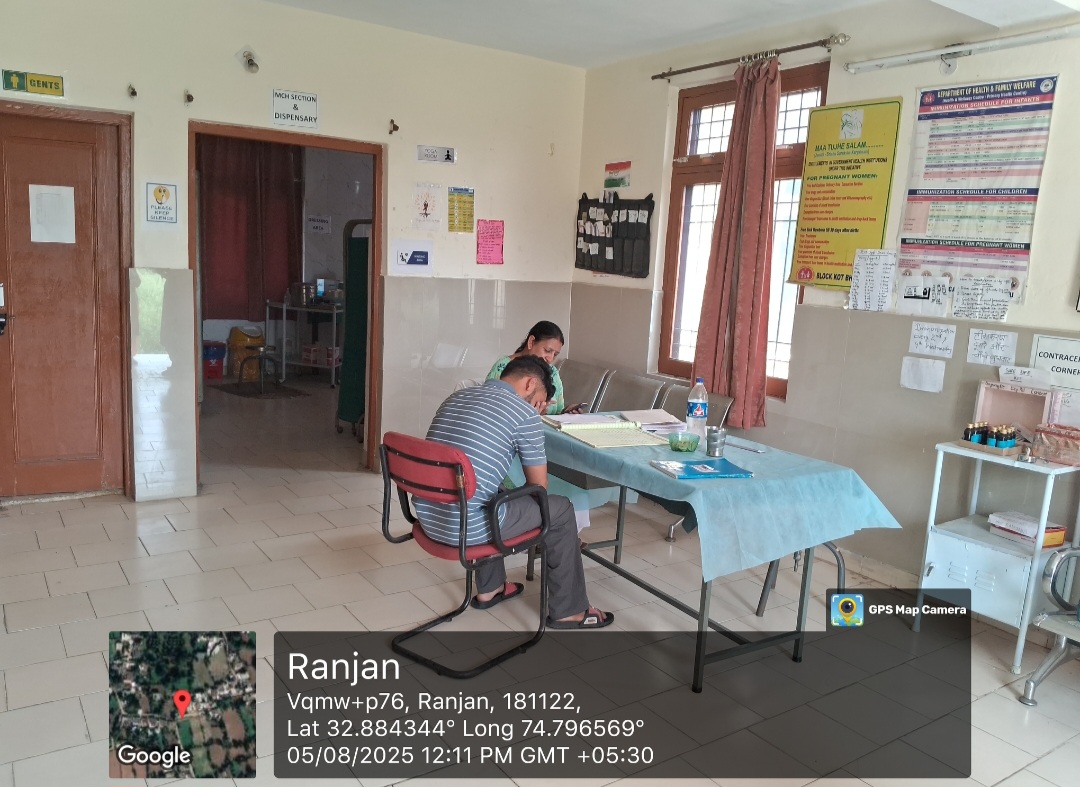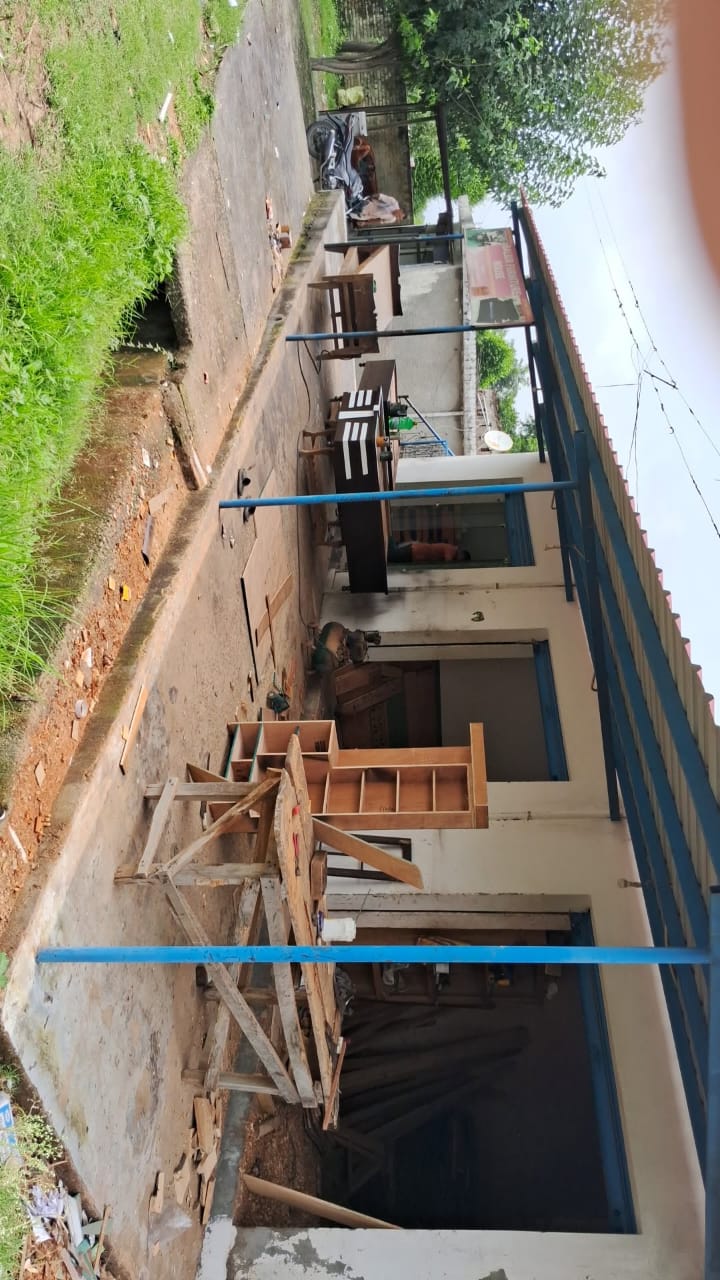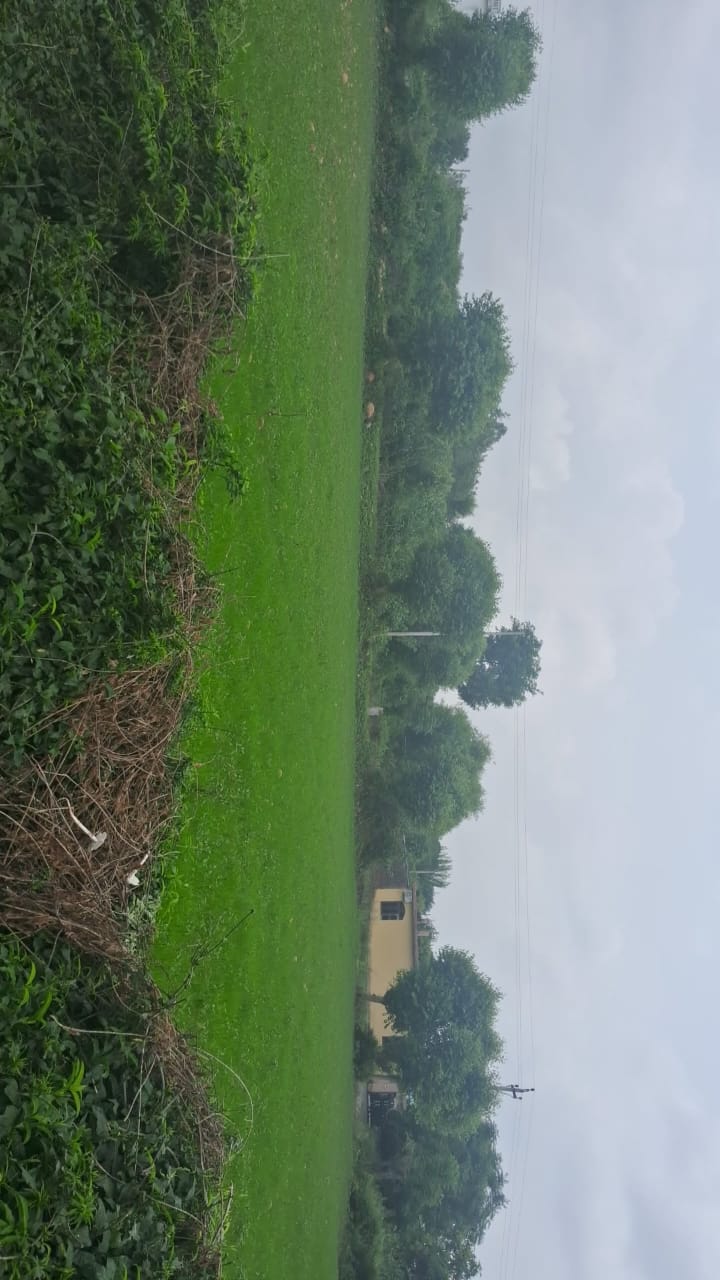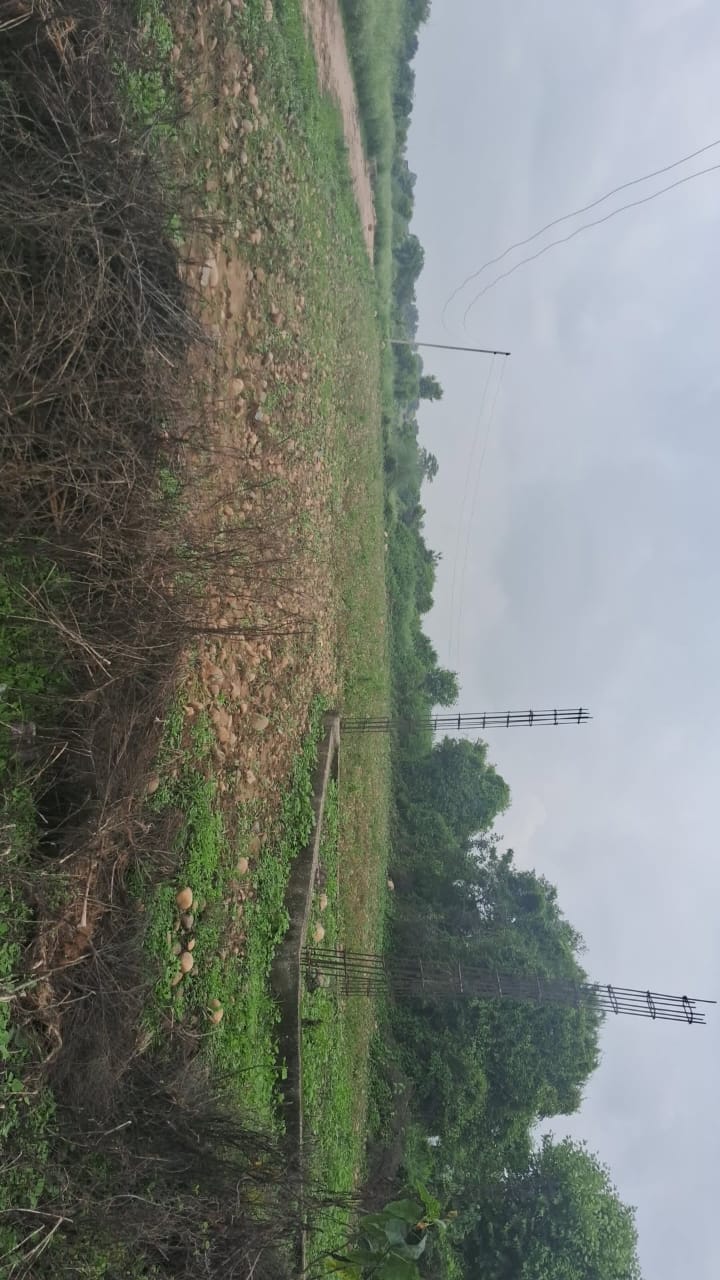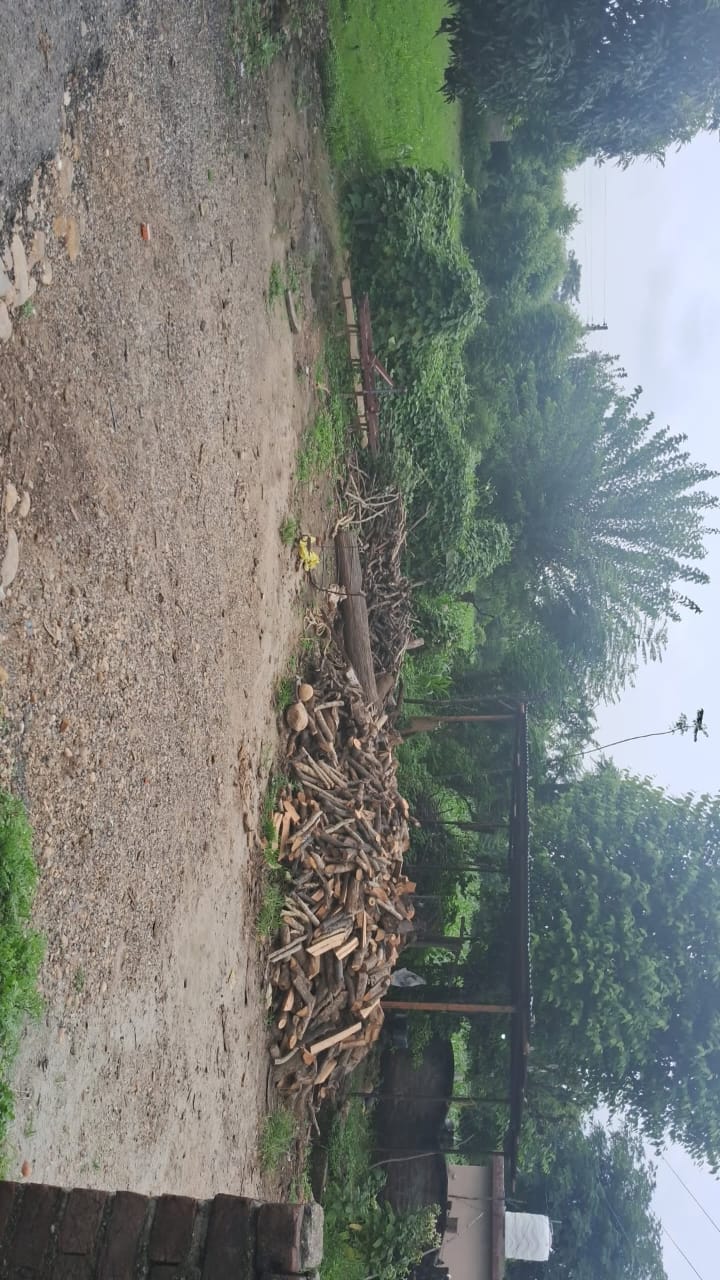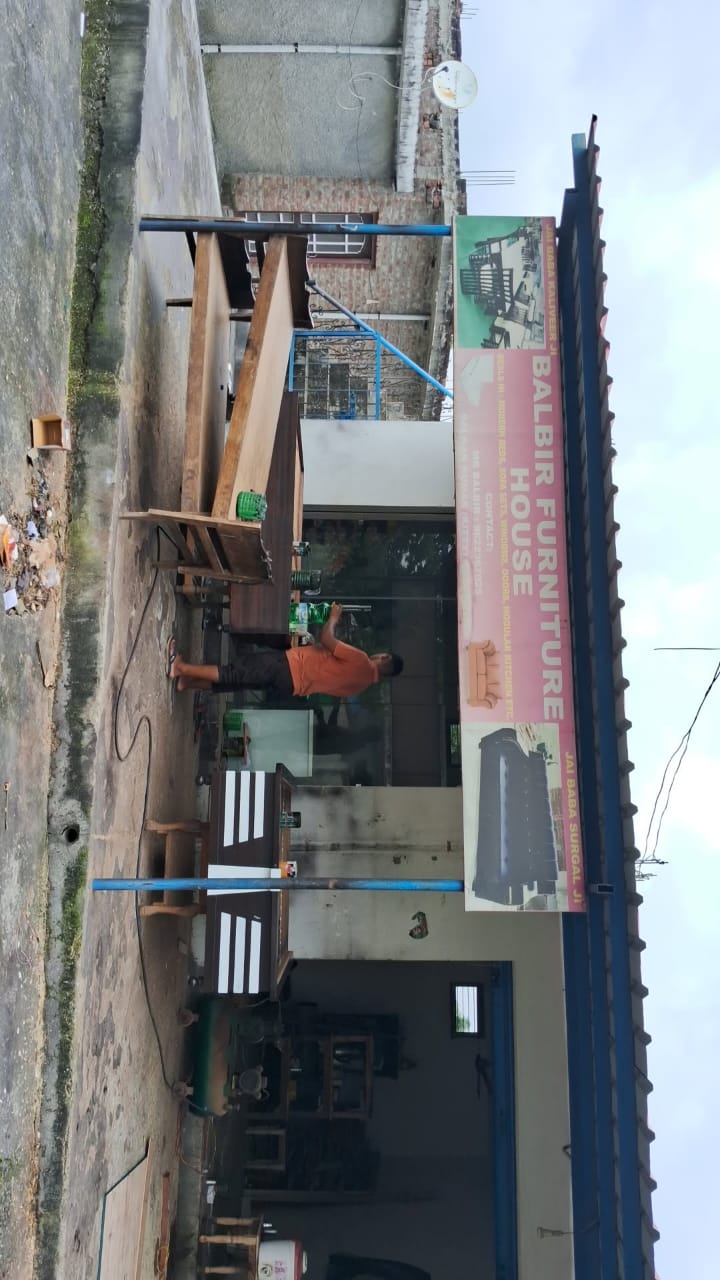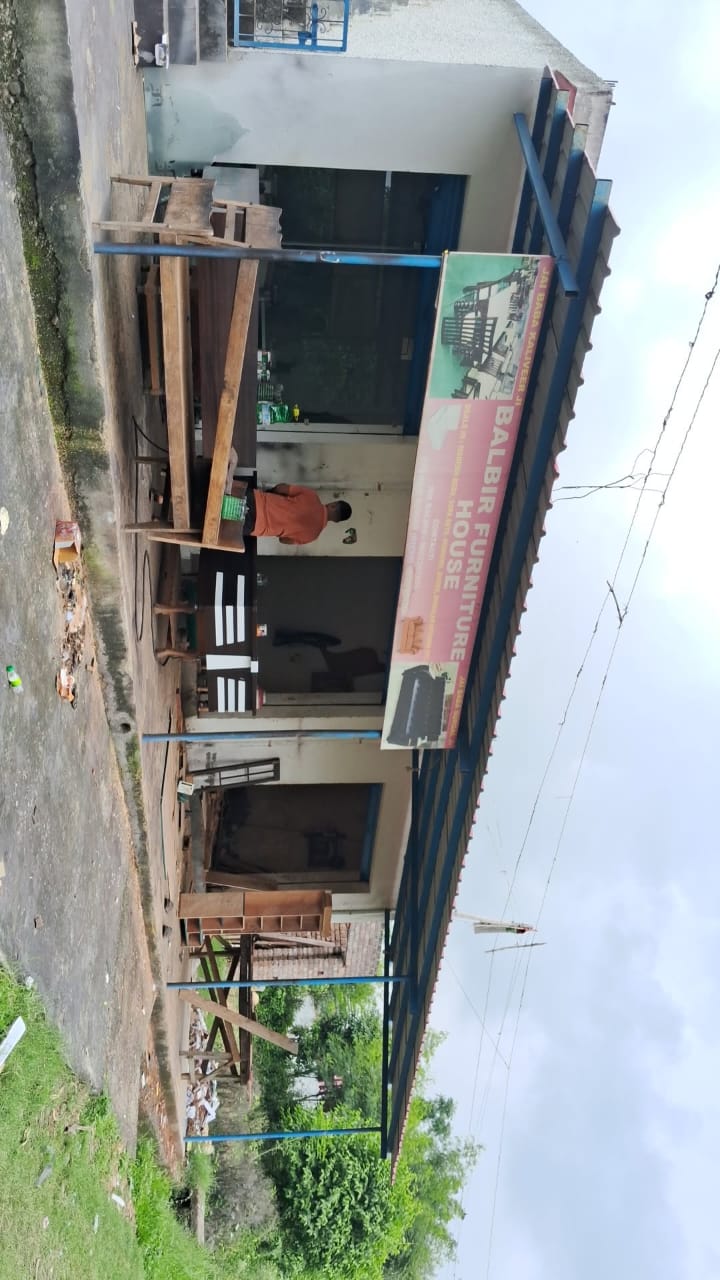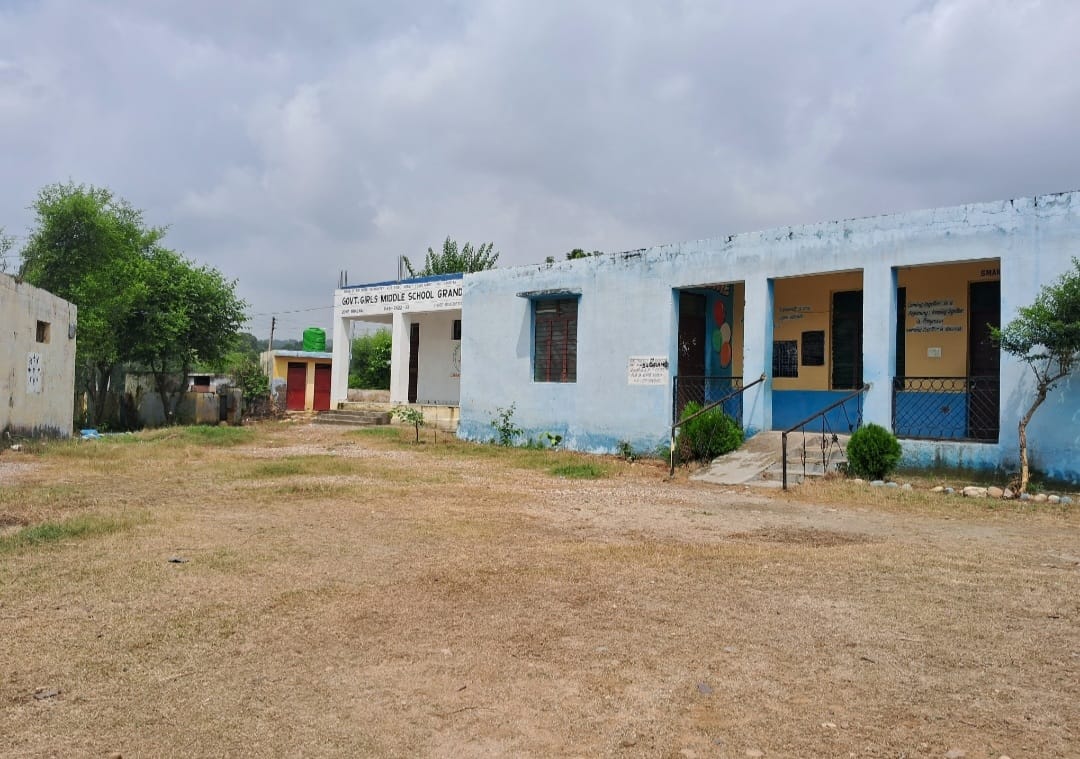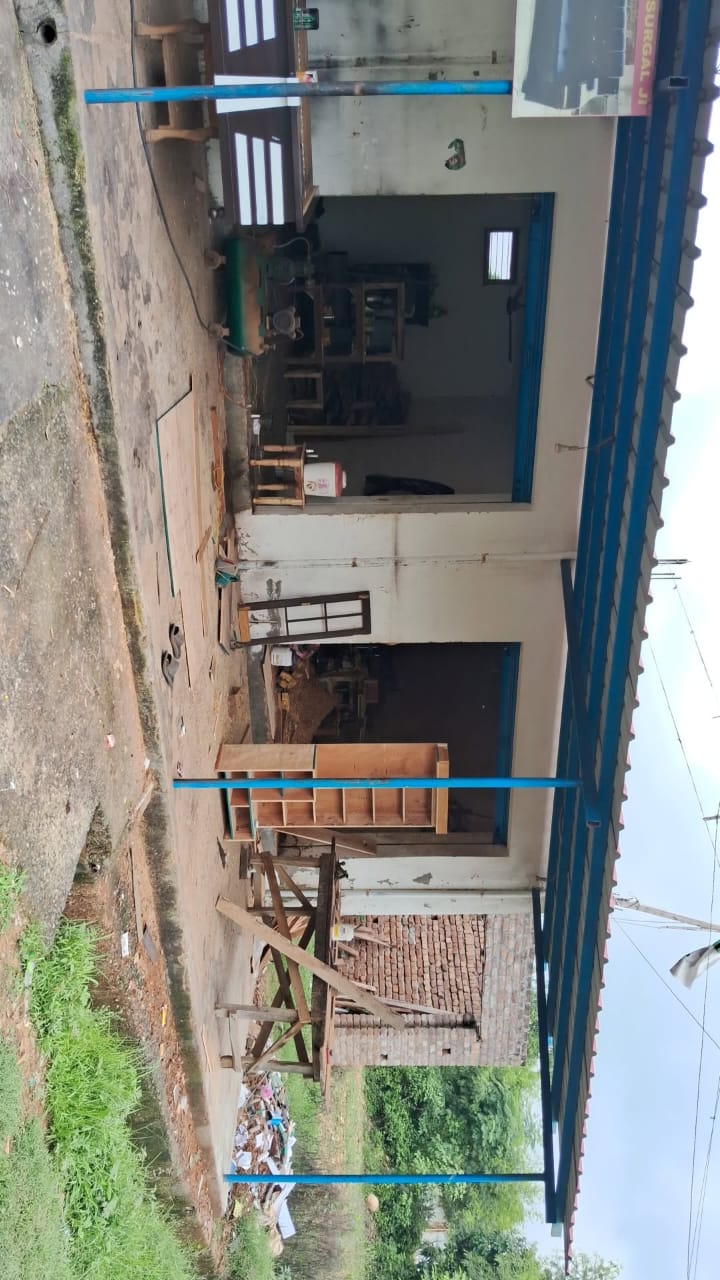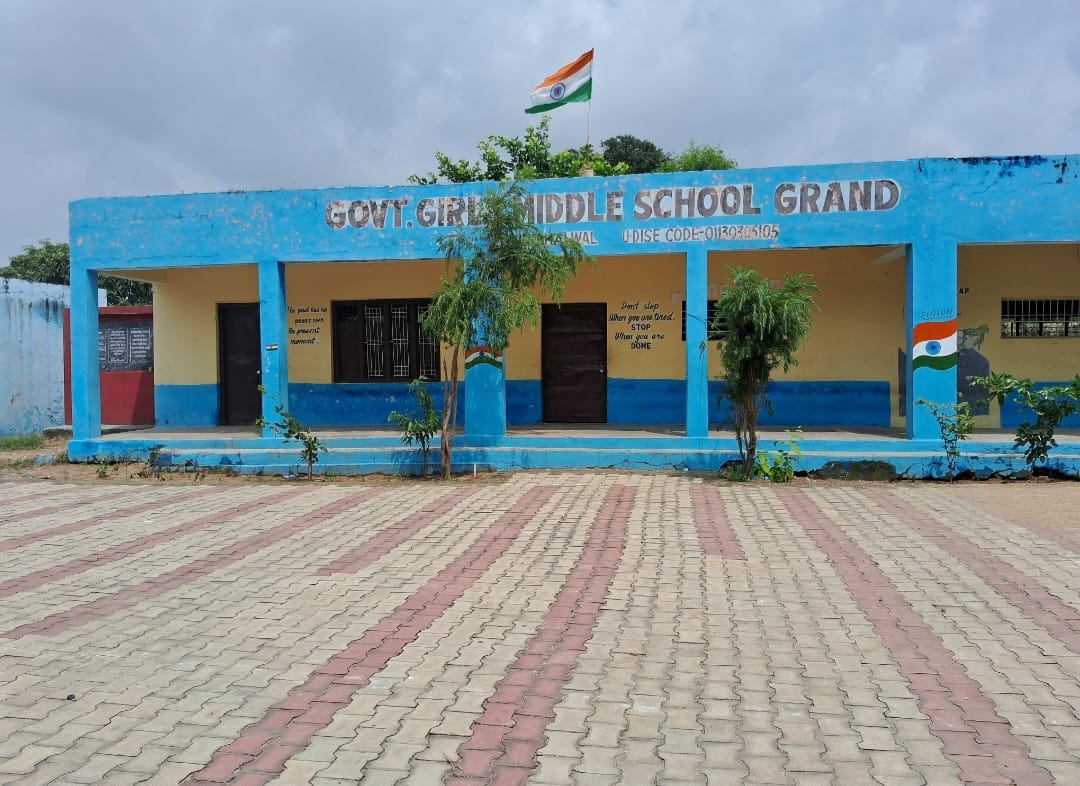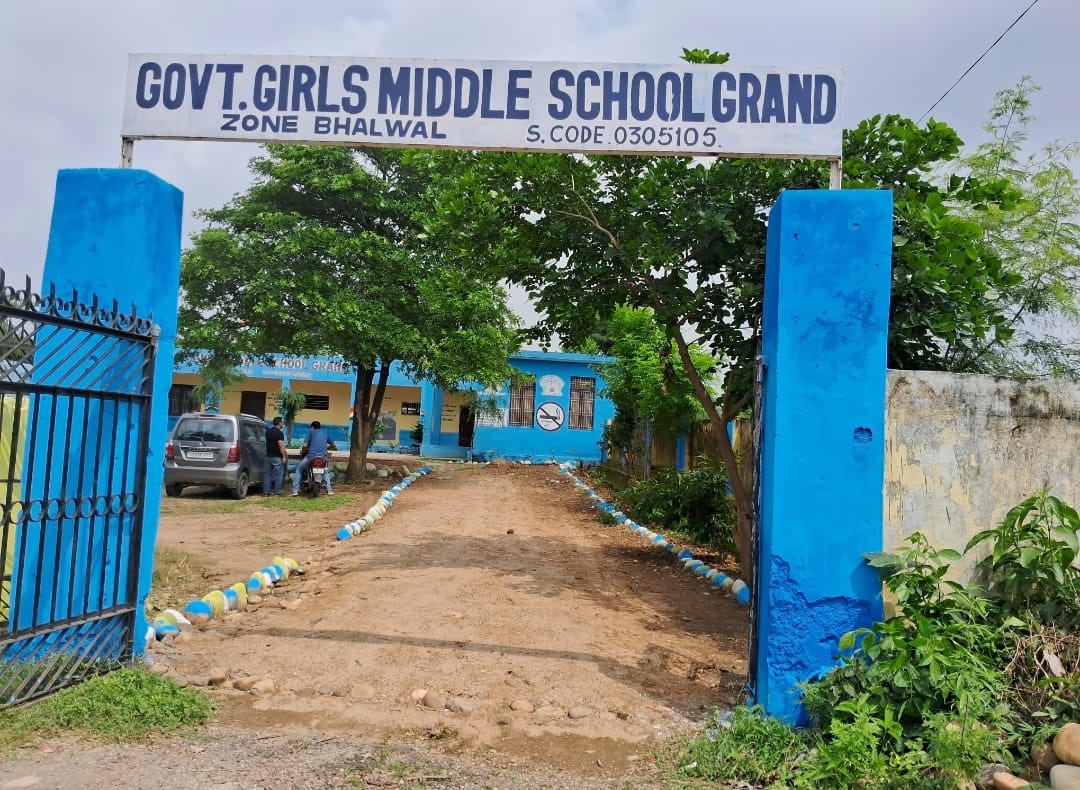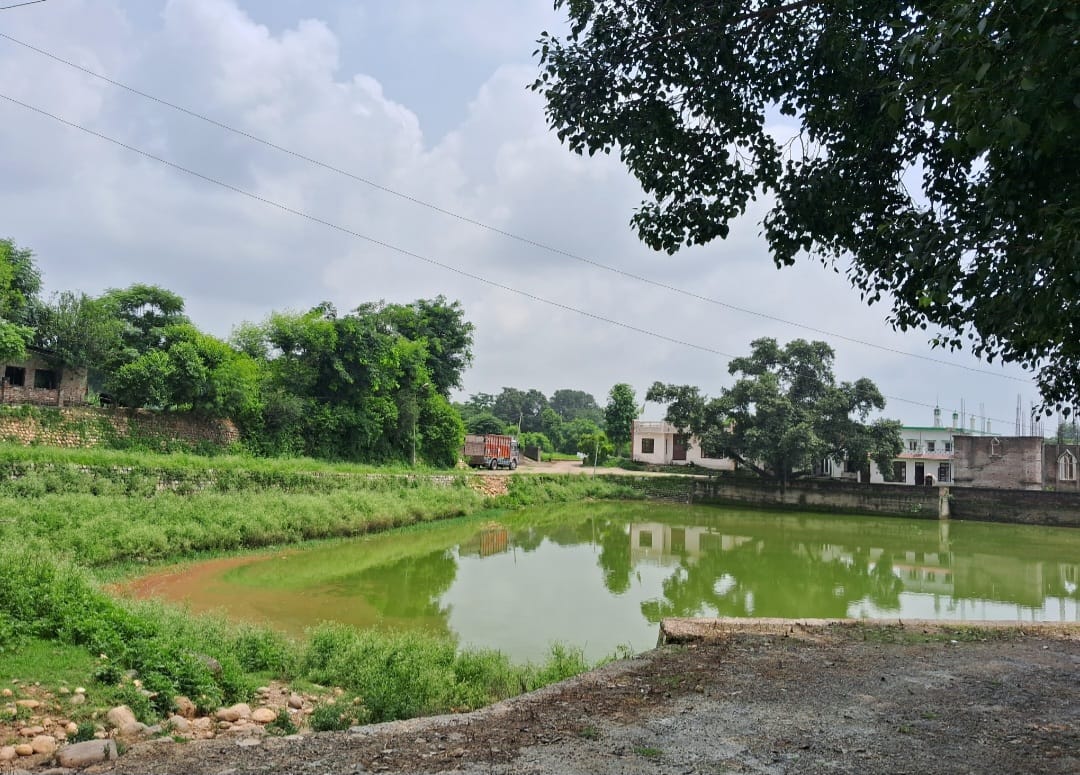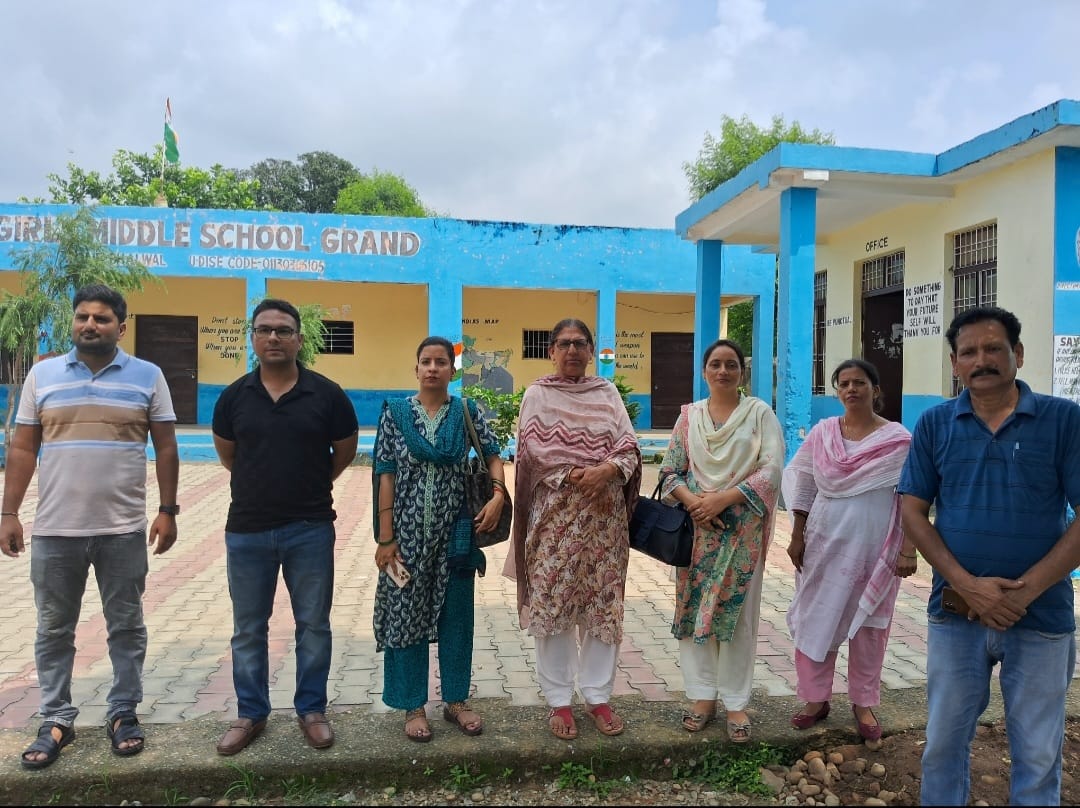Description
Introduction to Ranjan
Ranjan is a modest rural settlement located in Bhalwal Tehsil of Jammu District, Jammu and Kashmir, with the postal PIN code 181122. Nestled amidst agricultural fields, scattered homes, and natural water bodies, the village reflects both the charm and challenges of rural life in Jammu. Though limited in terms of modern infrastructure, Ranjan represents the resilience, traditions, and aspirations of its people, who continue to adapt to changing times while preserving their roots.
History and Heritage
The recorded history of Ranjan remains sparse, with no major historical accounts or legends associated with its origin. Oral traditions that may once have explained its name and background have largely been lost to time. Unlike other villages in the region linked to royal or martial legacies, Ranjan’s history is more grounded in farming, community living, and gradual rural development.
Despite this simplicity, the village holds cultural and religious importance through its Guru Ravidas Mandir and the revered shrine of Baba Rochidam, both of which serve as central gathering points for prayer, festivals, and social interactions. These sacred spaces provide a strong spiritual foundation and continue to guide the village’s collective identity.
Demographics and Social Life
According to local estimates, Ranjan has a population of around 5,000 residents. The majority are Hindus (~90%), with diverse castes such as Sharmas, Rajputs, and SC/ST communities forming the backbone of society. Muslims comprise about 3–4% of the population, while Christians make up roughly 1–2%. No Sikh families are reported in the settlement.
The village life is primarily agrarian, with customs and traditions deeply rooted in family bonds and community cooperation. However, migration has become increasingly common, as younger generations seek education and employment in Jammu city and other urban centers, reflecting the aspirations of a rural community striving for better opportunities.
Agriculture and Economy
Agriculture has long been the backbone of Ranjan. In earlier decades, nearly 90% of families were engaged in farming, but today only 50–60% continue this occupation. Others have diversified into wage labor, small shops, or jobs in nearby towns.
The major crops cultivated include wheat, corn, bajra, pulses, and oilseeds, sustaining the village’s economy and diet. Yet, farming faces significant challenges: declining soil fertility, limited irrigation facilities, and shrinking water resources. Without modern techniques, yields remain low, but with government schemes, improved irrigation, and sustainable practices, agriculture could once again flourish in Ranjan.
Natural Resources and Environmental Concerns
The village is home to several natural lakes that were once vital for irrigation, livestock, and drinking water. Sadly, these water bodies have suffered neglect, with algae growth and stagnant water making them unusable.
If revived, these lakes could serve multiple purposes—fish farming, eco-tourism, irrigation, and water storage—bringing ecological and economic benefits. Conservation efforts and government intervention remain key to restoring this natural wealth, which could transform Ranjan’s future sustainability.
Education and Aspirations
Education in Ranjan is currently limited to primary and middle schools, forcing students to travel to Jammu or nearby towns for higher studies. This lack of access contributes to migration and limits opportunities for local youth.
A promising development is the construction of a Government College just 1 km away from the village. Once operational, it is expected to reduce educational migration, especially for girls, while offering vocational training and skill-development programs. This could play a major role in empowering the younger generation and reshaping the educational landscape of Ranjan.
Healthcare and Rural Fitness
Healthcare facilities in Ranjan remain basic. A government dispensary provides vaccinations, first aid, and common treatments, but lacks advanced equipment and specialized doctors. For emergencies or major illnesses, residents must travel to Jammu city or larger health centers nearby.
Challenges include the absence of emergency services, reliance on traditional remedies, and low awareness of preventive healthcare. Despite these gaps, the physically demanding lifestyle of farming, cattle rearing, and daily manual labor ensures a level of natural fitness and resilience among villagers.
Cultural Life and Festivals
Ranjan’s culture is marked by simplicity, mutual support, and respect for traditions. Community ties are strong, with villagers uniting for festivals, fairs, and religious gatherings. Major festivals include Diwali, Holi, Baisakhi, Lohri, and Eid, each celebrated with enthusiasm and communal spirit.
Though modern entertainment has taken root through television and mobile phones, traditional folk music and dance—once an essential part of village festivities—are now rare. However, such cultural practices still survive during special occasions, keeping alive the heritage of the village.
Employment and Migration Trends
With limited local opportunities, many residents migrate for better livelihoods. Common occupations pursued by villagers include government jobs, army and police services, private sector employment in Jammu, and small-scale business ventures. Families also rely on remittances from members working outside the region. Migration reflects both the challenges of rural employment and the determination of Ranjan’s people to secure a better standard of living.
Sports and Youth Engagement
Sports form an important aspect of youth culture in Ranjan. Cricket, volleyball, and kabaddi are the most popular, though the village lacks proper stadiums or training facilities. Informal playfields are used for matches and gatherings, fostering both recreation and community bonding.
While urban entertainment often overshadows rural traditions, sports continue to be a medium of engagement and aspiration for Ranjan’s younger generation.
Development and Future Challenges
Ranjan faces challenges in multiple areas, including roads, healthcare, sanitation, and employment opportunities. However, visible progress is being made through government initiatives such as electrification, internet expansion, and the upcoming Government College.
Priority areas requiring attention include:
Restoration of natural lakes and water bodies
Better road connectivity and transport access
Expanded healthcare facilities
Promotion of sustainable agriculture
If addressed, these changes could help Ranjan evolve into a model progressive village in Jammu District.
Conclusion
Though small and modest, Ranjan embodies the resilience and aspirations of rural Jammu. Its people continue to balance tradition with modernity, holding on to community values while striving for progress. With improved infrastructure, educational access, and environmental restoration, Ranjan has the potential to transform into a self-sustaining and thriving settlement that reflects both the simplicity of village life and the dreams of a new generation.
Photos
Location Map
Contact Information
| Address |
Ranjan Village,Tehsil Bhalwal,District Jammu, |
| Phone Number |
95966 84874 |

